Share this Video – Spread Learning
Link to share: https://youtu.be/7l0aL3ty4zo
NEET and AIPMT Solutions – Thermal Properties of Matter – 2013 to 2017
Q01 – NEET 2013 – 00:08 – 05:02
Q02 – AIPMT 2014 – 05:03 – 10:59
Q03 – AIPMT 2014 – 11:00 – 17:41
Q04 – AIPMT 1 2015 – 17:42 – 20:41
Q05 – AIPMT 1 2015 – 20:42 – 25:09
Q06 – AIPMT 2 2015 – 25:10 – 29:55
Q07 – NEET 1 2016 – 29:56 – 33:57
Q08 – NEET 1 2016 – 33:58 – 38:19
Q09 – NEET 1 2016 – 38:20 – 42:48
Q10 – NEET 2 2016 – 42:49 – 47:55
Q11 – NEET 2 2016 – 47:56 – 54:08
Q12 – NEET 2017 – 54:09 – 58:22
Q13 – NEET 2017 – 58:23 – 01:02:46
Q01 – NEET 2013 – A piece of iron is heated in a flame. It first becomes dull red then becomes reddish yellow and finally turns to white hot. The correct explanation for the above observation is possible by using :
(A) Newton’s Law of cooling (B) Stefan’s Law (C) Wien’s displacement Law (D) Kirchoff’s Law
Q02 – AIPMT 2014 – Steam at 100ºC is passed into 20 g of water at 10ºC. When water acquires a temperature of 80ºC, the mass of water present will be: [Take specific heat of water = 1 cal g–1ºC–1 and latent heat of steam = 540 cal g–1]
Q03 – AIPMT 2014 – Certain quantity of water cools from 70ºC to 60ºC in the first 5 minutes and 60ºC to 54ºC in the next 5 minutes. The temperature of the surroundings is:
Q04 – AIPMT 1 2015 – The two ends of a metal rod are maintained at temperatures 100°C and 110°C. The rate of heat flow in the rod is found to be 4.0 J/s. If the ends are maintained at temperatures 200°C and 210°C, the rate of heat flow will be:
Q05 – AIPMT 1 2015 – On observing light from three different stars P, Q and R, it was found that intensity of violet colour is maximum in the spectrum of P, the intensity of green colour is maximum in the spectrum of R and the intensity of red colour is maximum in the spectrum of Q. If TP, TQ and TR are the respective absolute temperatures of P, Q and R, then it can be concluded from the above observations that:
Q06 – AIPMT 2 2015 – The value of coefficient of volume expansion of glycerin is 5 × 10-4 K-1. The fractional change in the density of glycerin for a rise of 40°C in its temperature, is :-
(A) 0.010 (B) 0.015 (C) 0.020 (D) 0.025
Q07 – NEET 1 2016 – A piece of ice falls from a height h so that it melts completely. Only one-quarter of the heat produced is absorbed by the ice and all energy of ice gets converted into heat during its fall. The value of h is:
[Latent heat of ice is 3.4 × 105 J/kg and g = 10 N/kg]
Q08 – NEET 1 2016 – Coefficient of linear expansion of brass and steel rods are ?_1 and ?_2. Lengths of brass and steel rods are ?_1 and ?_2 respectively. If (?_2−?_1) is maintained same at all temperatures, which one of the following relations holds good?
Q09 – NEET 1 2016 – A black body is at a temperature of 5760 K. The energy of radiation emitted by the body at wavelength 250 nm is U1, at wavelength 500 nm is U2 and that at 1000 nm is U3. Wien’s constant, b = 2.88 × 106 nmK. Which of the following is correct?
Q10 – NEET 2 2016 – Two identical bodies are made of a material for which the heat capacity increases with temperature. One of these is at 100ºC, while the other one is at 0ºC. If the two bodies are brought into contact, then assuming no heat loss, the final common temperature is
(A) 0º C (B) 50º C
(C) more than 50º C (D) less than 50º C but greater than 0º C
Q11 – NEET 2 2016 – A body cools from a temperature 3T to 2T in 10 minutes. The room temperature is T. Assume that Newton’s law of cooling is applicable. The temperature of the body at the end of next 10 minutes will be: (A) T (B) 7T/4 (C) 3T/2 (D) 4T/3
Q12 – NEET 2017 – Two rods A and B of different materials are welded together as shown in figure. Their thermal conductivities are K1 and K2. The thermal conductivity of the composite rod will be:
Q13 – NEET 2017 – A spherical black body with a radius of 12 cm radiates 450 watt power at 500 K. If the radius were halved and the temperature doubled, the power radiated in watt would be:
(A) 225 (B) 450 (C) 1000 (D) 1800
_________________________________________________________________
Visit our facebook page
https://www.facebook.com/coachenggg
Visit our website
https://www.coachengg.com
Visit our youtube channel
https://www.youtube.com/coachengg4u
COACHENGG4U
Follow us on INSTAGRAM
https://www.instagram.com/coachengg
Follow us on Google Plus
https://plus.google.com/+coachengg4u
________________________________________________________________
source



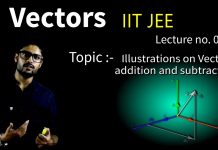
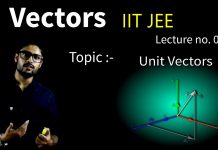


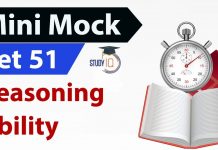
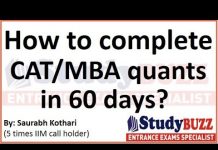
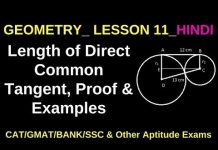

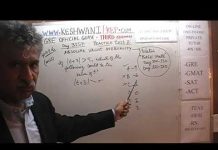

![CY_GATE_2019_PHYSICAL_SPECTROSCOPY_[ELECTRONIC_BASIC]_All IN ONE_[Short_Trick]_2018-19_PART_1ST - Videos](https://trends.edugorilla.com/wp-content/uploads/sites/8/2018/08/cy_gate_2019_physical_spectroscopy_electronic_basic_all-in-one_short_trick_2018-19_part_1st-218x150.jpg)



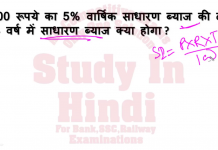

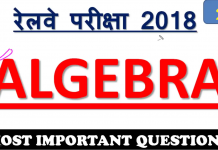
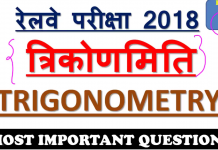
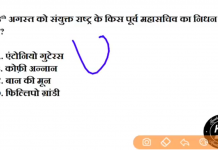
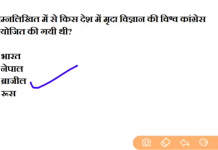
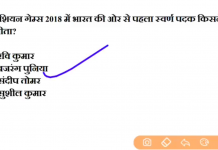





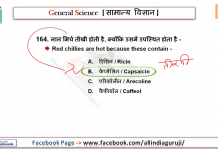


![24 August 2018 – The Indian Express Newspaper Analysis हिंदी में – [UPSC/SSC/IBPS] Current affairs - Videos](https://trends.edugorilla.com/wp-content/uploads/sites/8/2018/08/a520-218x150.png)
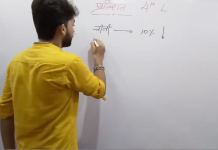



Sir jee definite integrals ko to aap bhool Gaye ekdam
Sir kindly do on Definite integral
one of the best tool to revise all topics
thank u sir
Sir where is JEE
awesome work ?
Thank you alot sir
makes some important topic video's of this chptr Sir plz ur videos r too Aswm sir
Yhank u sir
Sir please chemistry chapterwise. Your explanation is super sir.
Sir i m preparing MEDICAL where chemistry is very important.
Sir please…….
thanks sir you are great
Ossem
Awesome explanation sir……?????
Upload mains
Ek request h sir ….Maine chemistry ki v vedio dekhi channel se to mujhe bahut feel aae sir….. Mai chahta hu jb aap physics ki series complete kr lijiyega to plz chemistry v jarur kariyega sir.hm sb Ko bahut help milegi … Really sir aapka smjhane ka trika unique h esliye maine request ki h sir plz ?
Sir plz video on wave,magnetism ,optics
Thank you so much sir…!!!! You are the best……!!!!!
Sir jee mains also
Sir please ye batao value based questions ke liye kaise prepare kare
Very helpful video sir, by this way we can easily understand last year questions and their solving methods whis is very important for NEET. Thank you very much 🙂
Sir can you please send practice test papers so that we would get an idea pls sir since you are an expert we would love to learn more so pls try to prepare a question paper in maths especially sir pls
please uploAD SOLUTIONS OF MAGNETIC EFFECT OF CURRENT OF JEE MAIN PLEASE
Sir These are also helpful… But pls upload jee questions too
which software do you use??